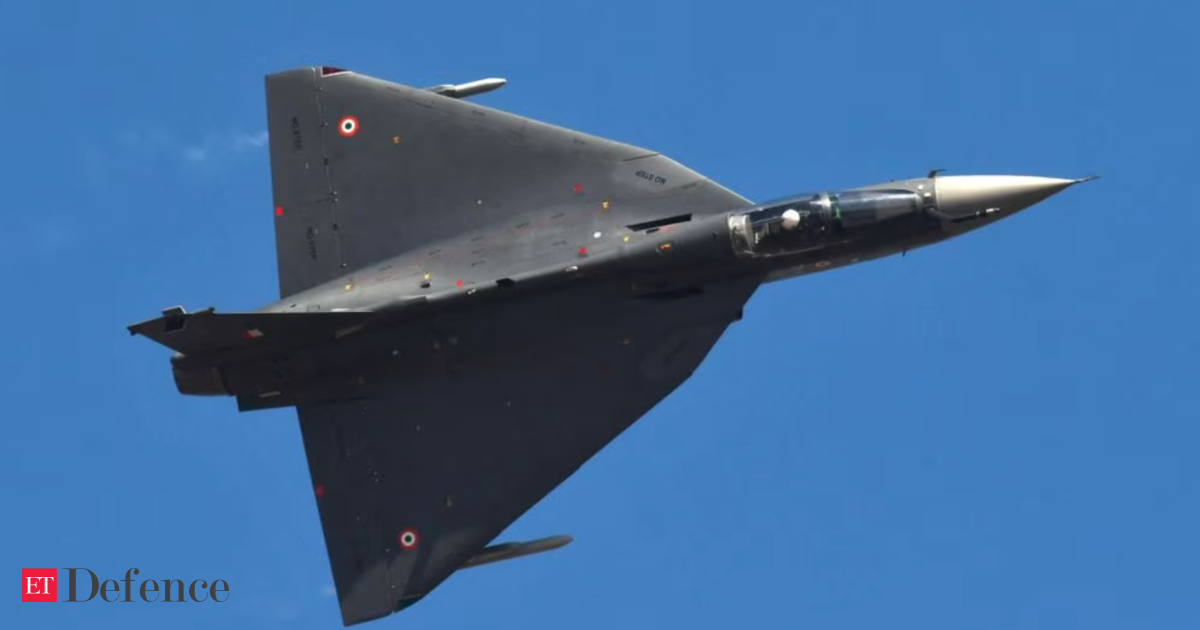Copied
Maithya's post from BRF
What a complete waste of an article - anytime he went to the technical aspects he got it completely wrong, as he never bothered to ask slightly more specific questions?
But then expecting from DDM, is like ...
What metallurgical tools, what rotating parts?
Kaveri was almost successful to the extent, it was specified for - too bad the intended application platform added weight and thus expected more thrust growth from it - which it couldn't do, as the program itself was cancelled immediately.
If there are issues with the so-called high-pressure engine core (what's that between, engine core is, well, engine core - what is this high-pressure engine core), just how did it achieve the specified 51Kn dry thrust?
Yes, if it was suddenly needed to archive say 56KN etc, then a follow-on program would have been required, which didn't happen. That 10% growth (in dry thrust) is very much within reach of GTRE using the current core itself, but for that funding etc is required - where is that, for last 10+ years now?
Also, in almost all parameters it equaled the earlier gen versions of F414 (e.g 402 etc)
e.g. same PR achieved by 7-stage core in F414 vs 6-stage core in Kaveri/Kabini.
OPR is less, as the LPC/FAN total PR is less (compared with F414) - which can easily be rectified (refer to my earlier posts), but then again funding is required.
SC was never required anyway for the thrust levels specified for it - as the TeT levels it was designed for, got achieved by DS casted blades anyway (which between is an fantastic performance actually - compared to what other established engine houses could achieve via their DS versions). So except for, going for a SC HPT blade, just for the heck of it, there's no use of it.
Sometimes, I feel GTRE/DMRL/MIDHANI et all should have used an inferior 2nd Gen SC casted commercially available superalloy material (say CMSX 4, or Rene 5), and just replaced the Kaveri HPT blades with them - and put it up for comparisons.
Even a complete illiterate would be able to do a simple comparison, no:
A SC casted AL-31FP HPT blade (manufactured indigenously, and all such pompous claims) struggles to achieve 1350 deg C TeT, while Kaveri/Kabini with it’s so-called-ancient tech DS-casted HPT blades could go upto 1455 deg C TeT.
I shudder to think, what would have happened to these worthies, if there was more funding, and next-gen DS casted superalloys like DMD4, got used.
And also how is the supah-dupah Rene 6 based HPT blades in F414, that many folks are projecting, will be handed down to us as gods-gift etc, is anyway superior to the indigenous DMS4 superalloy?
And as mentioned innumerable times now, neither the TeT not the HPC PRs etc needs any change, to achieve another 10% growth - which can come via newer FAN/LPC, and, if required maybe even an improved LPT (the OPR For the 3-stage FAN/LPC needs to go to 3.8-4.0 levels (from current 3.4 levels))
What nobody like him, the so-called defence reporters, wants to talk about (not their fault, they simply don’t have the wherewithal to analyse and understand the technical aspects anyway) are:
For the AMCA turbofan co-development ityadi, what India is aiming for 5th Gen military turbofan tech – India already has almost all aspects of 4th Gen tech, except for funding to demonstrate them in a single platform (like K10, for example).
Below, I have tried to put a list of technologies that most probably, we are trying to achieve, via this joint-dev route (figures in brackets in blue, is what already achieved/exists indigenously via Kaveri program or elsewhere):
Parametric:
1) FAN PR: >=5 (3.4, though 3.7-3.8 achievable)
2) HPC PR: >=6.8-7.0 (6.4)
3) OPR: 30-35 (21.5, though 26.5-27 achievable)
4) BPR: 0.3 - 0.5 (0.16, though 0.2 achievable)
5) TeT: 1600 - 1650deg C (1455deg C, though 1500deg C achievable)
6) Afterburner: 60% of Dry-Thrust with 1.1 Mass-Fraction (45-50%)
Materials:
1) Fan: Ti-Blisks (standard Ti Fan)
2) HPC: Ti MMC based Bling + 1.6-1.8M Blade Tip Speed (Blisk with conventional blade-disk integration via LFW/ECM etc - Transonic Blade tip spee,d 1.1-1.3M)
3) HPC (last/later stages): Ti-Al based or CMC based (Ni Superalloy, PM superalloy for Disc)
4) Combustor: CMC + EBC (Env Barrier Coating), elimination of film cooling (Superalloy + TBC + Film Cooling)
5) HPT Blades: 5th SC Superalloy (DS/SC 3rd/4th Gen Superalloy)
6) HPT Discs: PM Superalloy-Blisk (PM Superalloy std)
7) NGV: CMC (DS Superalloy - maybe even SC Superalloy)
8 ) LPT Blades: CMC (Conventional DS/SC Ni-Superalloy)
9) LPT Discs: CMC (PM of Ni Superalloy)
10) TBC: EBPVD Bilayer LZ-Yt (EBPVD 7/8 Yttria)
11) Coating: Rub Tolerant Coating
12) Shroud/Casings: CMC/MMC (Ni Superalloy)
I'm sure I've missed a lot, but this should be a good starting point, to understand what we are aiming for, technologically, via this joint-dev route.
Note: The above post is not mine, I copied & pasted it from BRF...it was made by @Maitya of BRF....all credits to him



